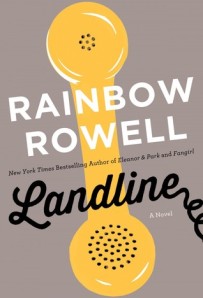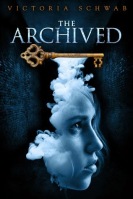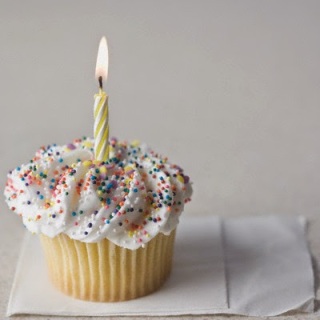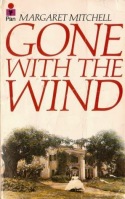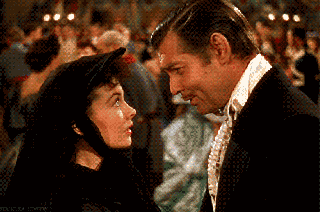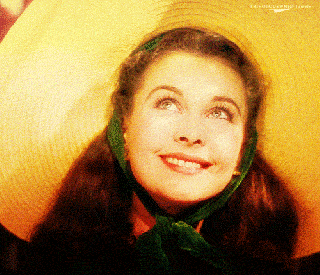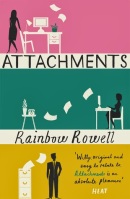Title: Landline
Author: Rainbow Rowell
Rating: 4 stars
Genre: Romance
Length: 308 pages
Synopsis:
It’s December. Georgie is supposed to be finishing up scripting the last few episodes of the sitcom she writes for before getting ready to fly to Nebraska with her husband Neal and her two daughters to spend Christmas with the in-laws. Then lightening strikes: a producer is interested in the show she and her longtime friend, Seth, have always wanted to write. But the scripts are due a few days after Christmas.
Georgie chooses to skip the family trip, and her frustrated husband and daughters leave for Nebraska. But this is just a fight, right? She hasn’t destroyed their marriage through her dedication to her career, has she?
When Neal doesn’t answer her phone calls, she digs out an old, yellow landline phone at her mother’s house and tries to call Neal at his family home. But the Neal who answers isn’t really her Neal, but a still-in-college Neal in 1998. This Neal is home for Christmas break, and has recently got in a major fight with still-in-college Georgie.
Georgie has found a magic, time-traveling phone.
Georgie continue calling this younger version on Neal, and Rowell pieces together the history of their relationship. Georgie knows that after this holiday, 1998-Neal will drive back to Georgie and propose. She begins to wonder–should she be convincing Neal to stick with the relationship, or would he have been happier without her?
Review:
When I opened up my computer to start Landline, I only intended to read a few chapters. Instead, I read the entire book in one sitting.
Over and over, Rainbow Rowell gets me to read one of the few genres I rarely enjoy–romance. I don’t mind romance in my reading, but I usually want it to be a side story not the focus. Not so with Rainbow’s books. She’s officially been added to my “Will Read Anything By This Author” list.
The dialogue and characterization are where Rowell continues shines–witty, snappy, and funny. I laughed aloud several times. And just like Attachments and Fangirl, the non-romantic relationships are just as developed and interesting as the actual couple. In Landline, the “side” relationships that really stood out to me were those with her friend/co-writer Seth, her younger sister Heather (who has an interesting side-story of her own with the pizza delivery person), and her mother.
A few other things I enjoyed: a romance novel set after the characters get together. The focus is more on making the relationship/marriage work not just falling in love. I think that’s rare for this type of book.
I also love that Rowell doesn’t take the time-traveling phone too seriously. She’s realizes it’s an unusual plot device and isn’t afraid to poke fun at it throughout the book.
“Someone had given Georgie a magic phone and all she’d wanted to do with it is stay up late talking to her old boyfriend. If they’d given her a proper time machine, she probably would have used it to cuddle with him. Let someone else kill Hitler.”
I’ve been a fan of Rowell since I saw her charm the audience to death in October. She’s seems really funny, kind, generous and authentic. Finishing her books always reminds me of that impression, because the books feel the same way.
My ARC expired before I could look for this Easter Egg. I think I figured it out, but bonus points to whomever lets me look at a physical copy so I can confirm it:
https://twitter.com/rainbowrowell/statuses/486172424569114624
Disclaimer: I received an advanced copy of Landline from Above the Treeline (Edelweiss) in exchange for an honest review.

